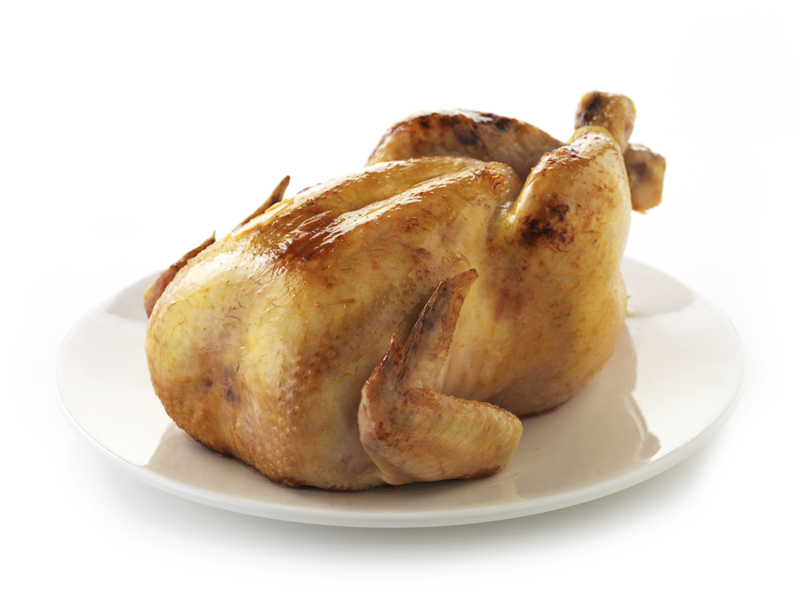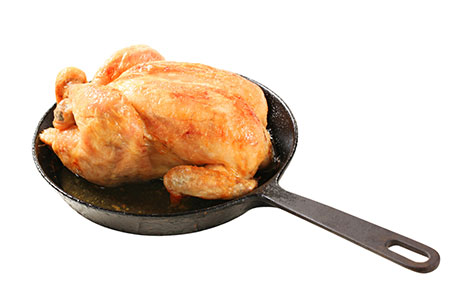
INTRODUCTION
It is always important to consistently follow certain safe food handling practices, whether making a meal for yourself or your guests. That’s because all raw agricultural products – whether it’s produce, fruit, meat, or poultry – could contain bacteria that might make someone sick. But, there are steps people can take to reduce risk.
Four simple words – Clean, Separate, Cook and Chill – can serve as reminders to always handle and cook food safely to reduce the risk of illness:
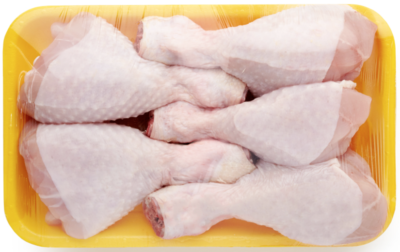
CLEAN
Wash hands, kitchen work surfaces, cutting boards and utensils thoroughly with soap and hot water immediately after they have been in contact with raw meat or poultry, including frozen and fresh products. Hands should be washed before handling food and between handling different food items.
Wash cutting boards between preparing different cuts of raw meat or poultry.
SEPARATE
Avoid cross-contaminating other foods. Separate raw meat, poultry, seafood and eggs from other foods in your grocery shopping cart, grocery bags, your kitchen and in your refrigerator.
Use one cutting board for fresh produce and a separate one for raw meat, poultry and seafood.
Do not rinse raw poultry in your sink – it will not remove bacteria. In fact, it can spread raw juices around your sink, onto your countertops or onto ready-to-eat foods. Bacteria in raw meat and poultry can only be killed when cooked to a safe internal temperature.
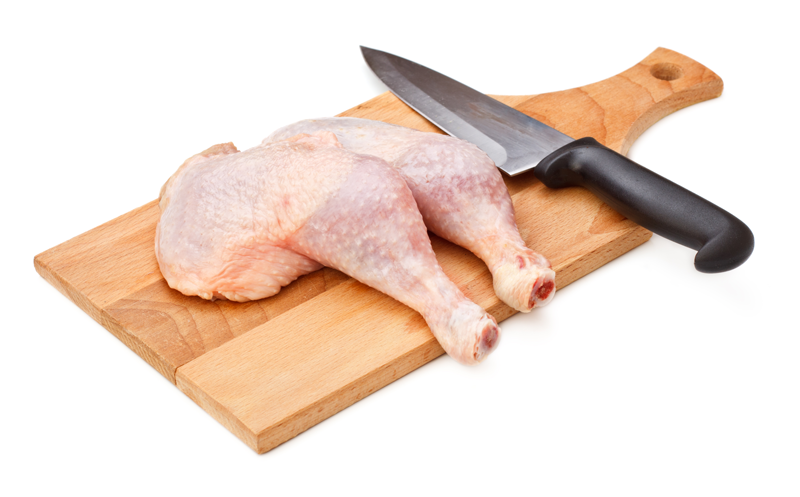
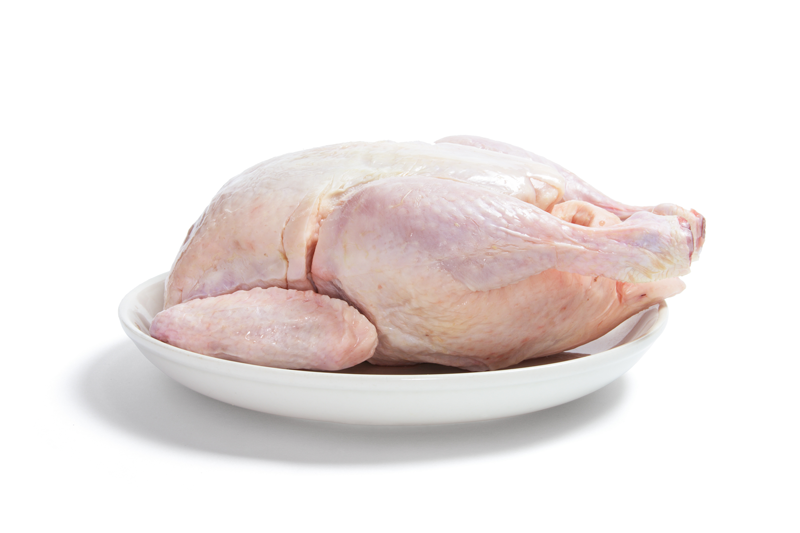
COOK
Cook poultry thoroughly. Poultry products, including ground poultry, should always be cooked to at least 165 °F internal temperature as measured with a food thermometer; leftovers should be refrigerated no more than two hours after cooking.
The color of cooked poultry is not a sure sign of its safety. Only by using a food thermometer can one accurately determine that poultry has reached a safe minimum internal temperature of 165 °F throughout the product. Be particularly careful with foods prepared for infants, older adults and persons with impaired immune systems.
If served undercooked poultry in a restaurant, send it back to the kitchen for further cooking.
CHILL
Make poultry products the last items you select at the store. Once home, the products must be refrigerated or frozen promptly.
After cooking, refrigerate any uneaten poultry within two hours. Leftovers will remain safe to eat for two to three days.
Refrigerators should be set to maintain a temperature of 40 °F or below.
Thaw frozen poultry in the refrigerator — not on the countertop — or in cold water.
When barbecuing poultry outdoors, keep refrigerated until ready to cook. Do not place cooked poultry on the same plate used to transport raw chicken to the grill.
Always marinate poultry in the refrigerator, up to two days. Marinade in which raw poultry has been soaking should never be used on cooked poultry, unless it is boiled first.
